
Economic Characteristics
Economic Activities
POPULATION 15 YEARS AND OLDER BY ECONOMIC ACTIVITY STATUS, SEX AND TYPE OF LOCALITY IN BONO REGION
Source: Ghana Statistical Service, 2021
EMPLOYED POPULATION 15 YEARS AND OLDER BY INDUSTRY, SEX, TYPE OF LOCALITY IN BONO REGION
Source: Ghana Statistical Service, 2021
Date Created : 8/10/2023 12:00:00 AM
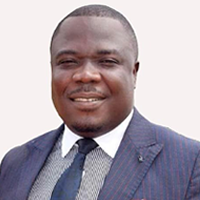
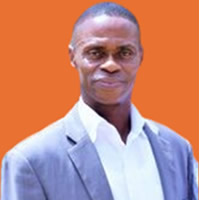
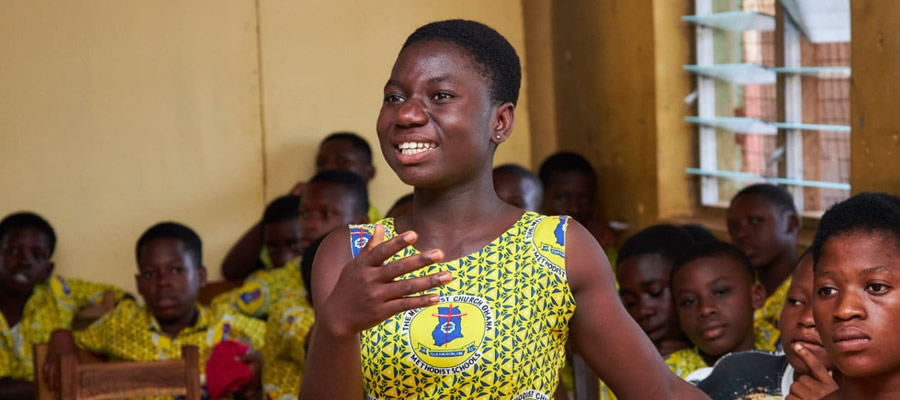



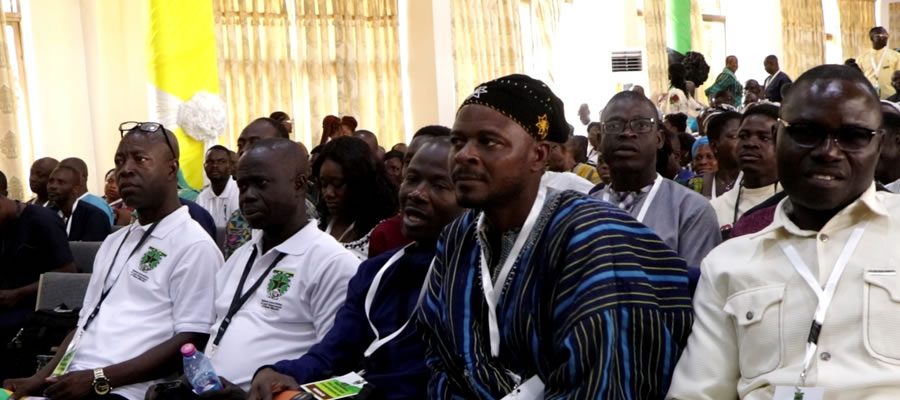
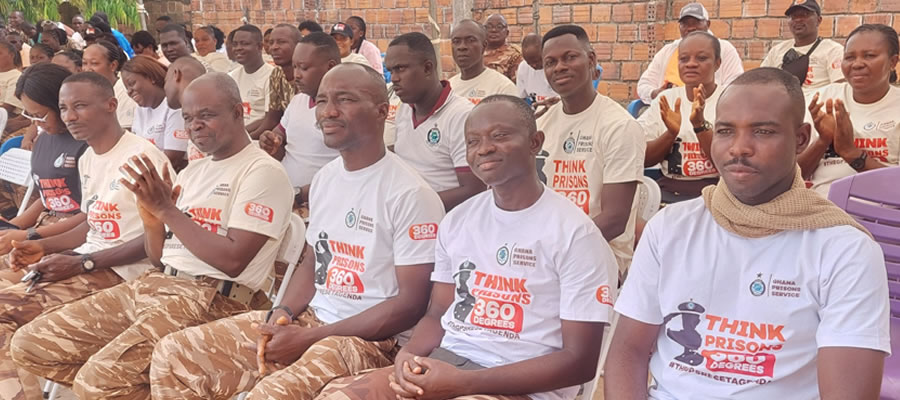
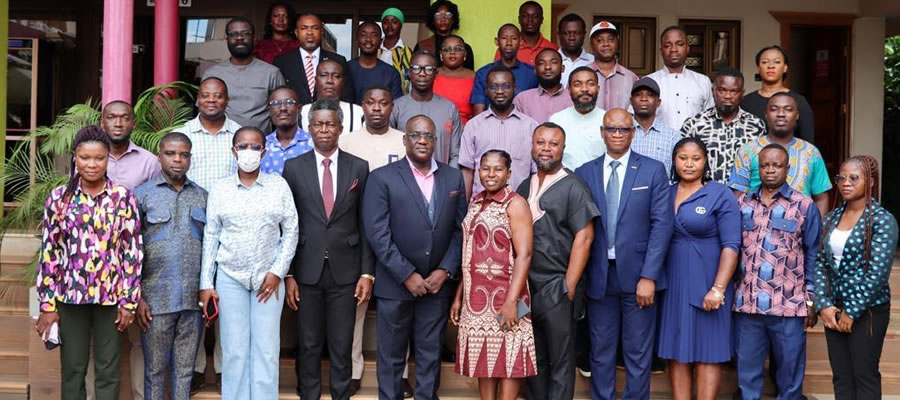



 facebook
facebook
 twitter
twitter
 Youtube
Youtube
 +233 593 831 280
+233 593 831 280 0800 430 430
0800 430 430 GPS: GE-231-4383
GPS: GE-231-4383 info@ghanadistricts.com
info@ghanadistricts.com Box GP1044, Accra, Ghana
Box GP1044, Accra, Ghana